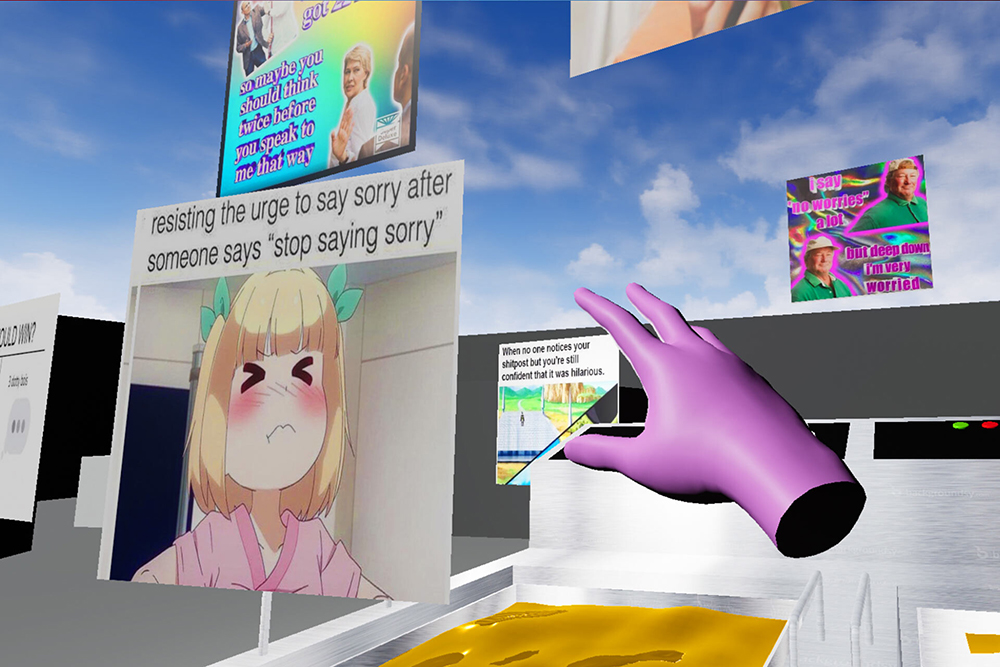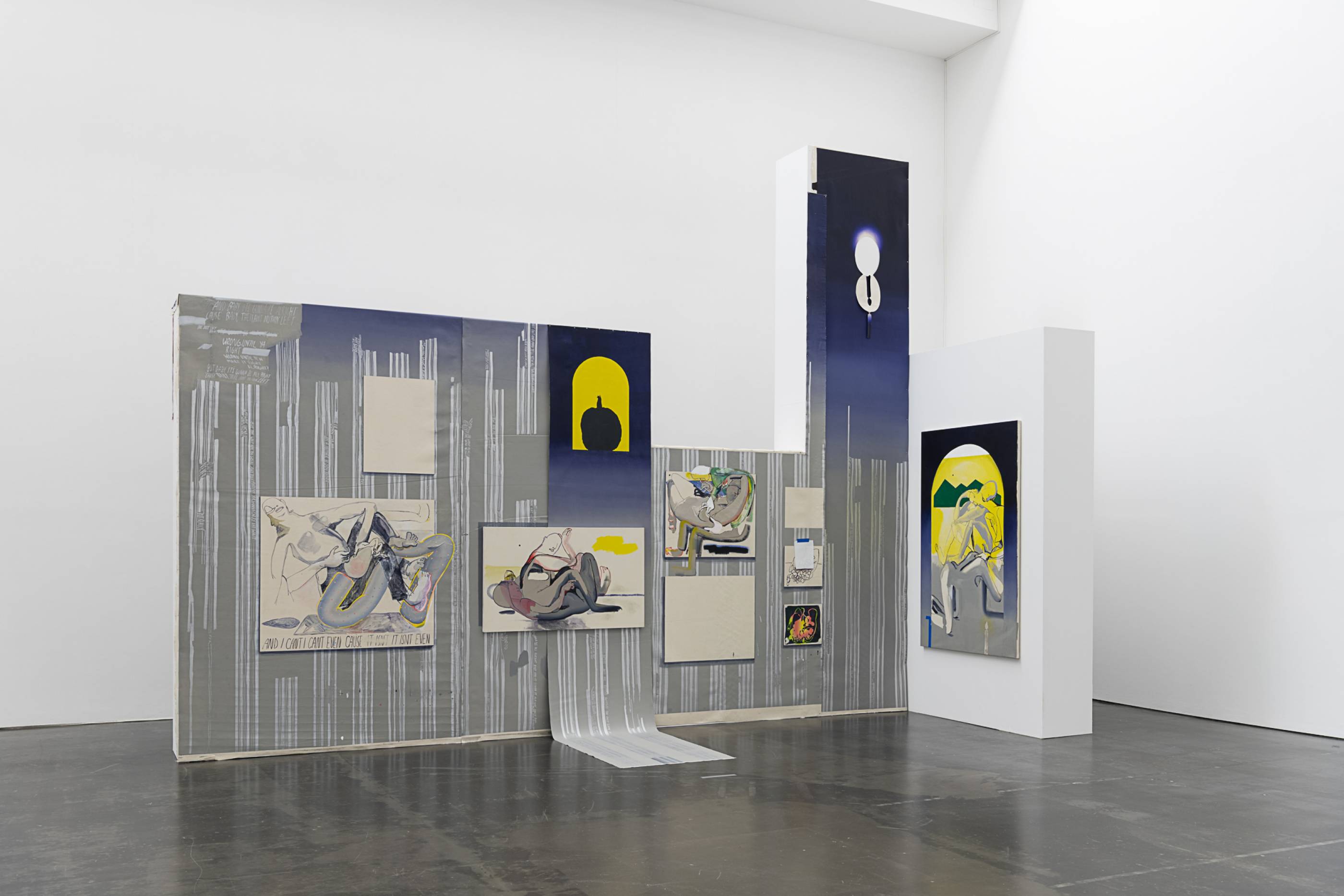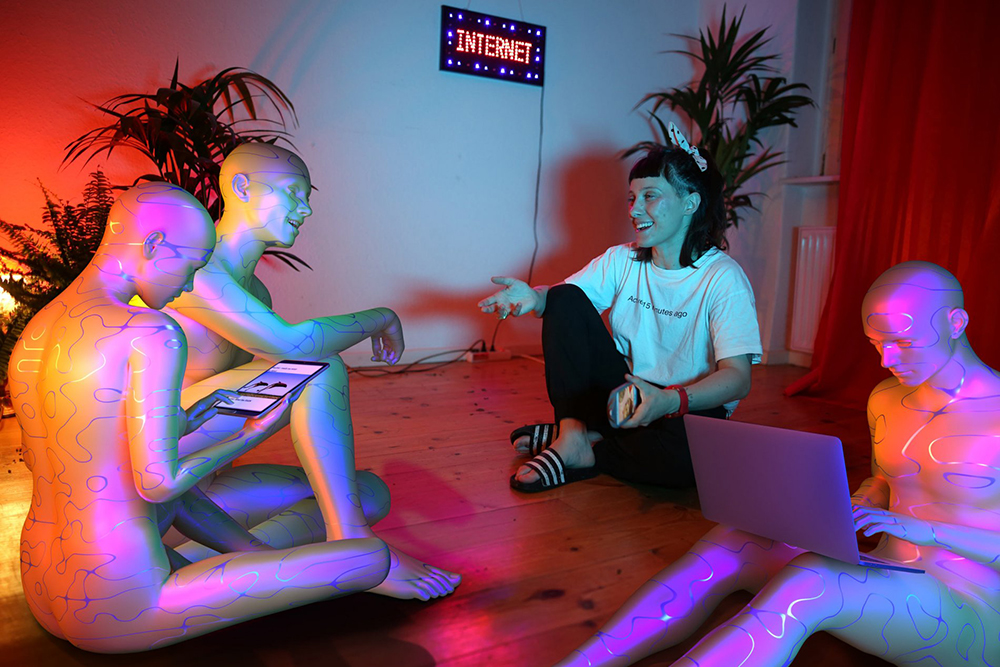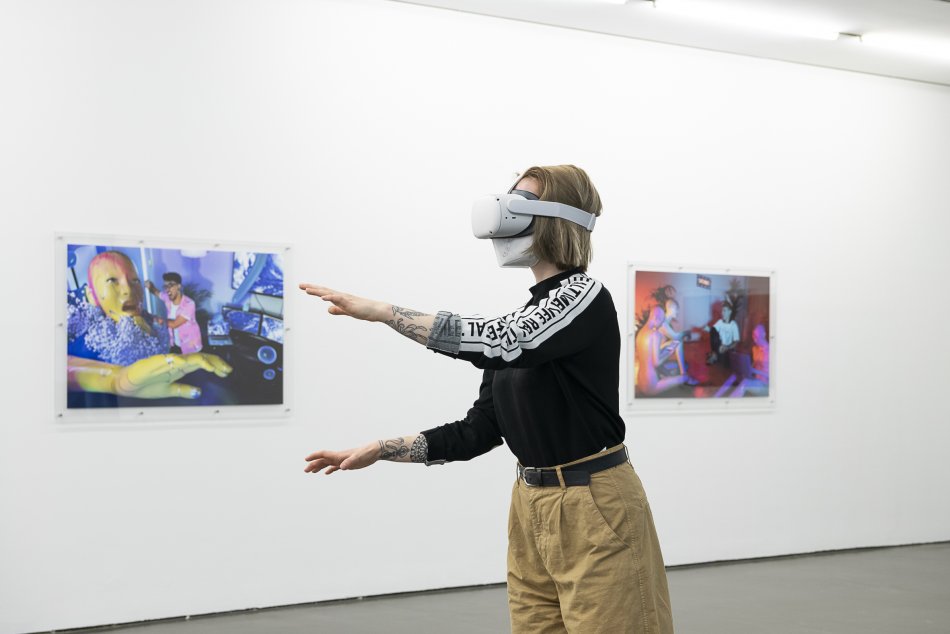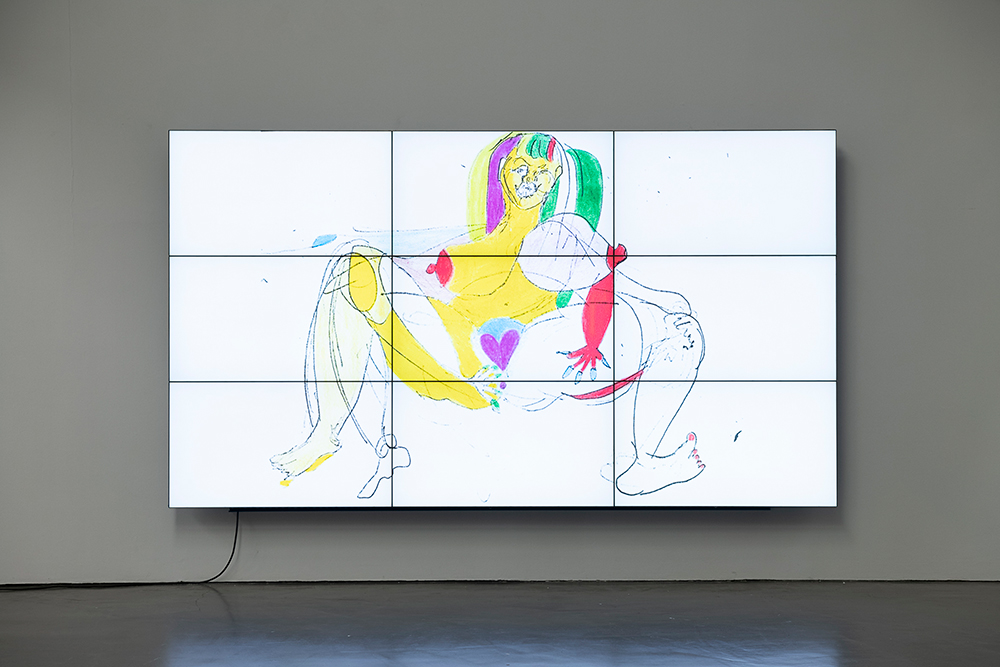ART-PRESENTATION: Journey Through a Body
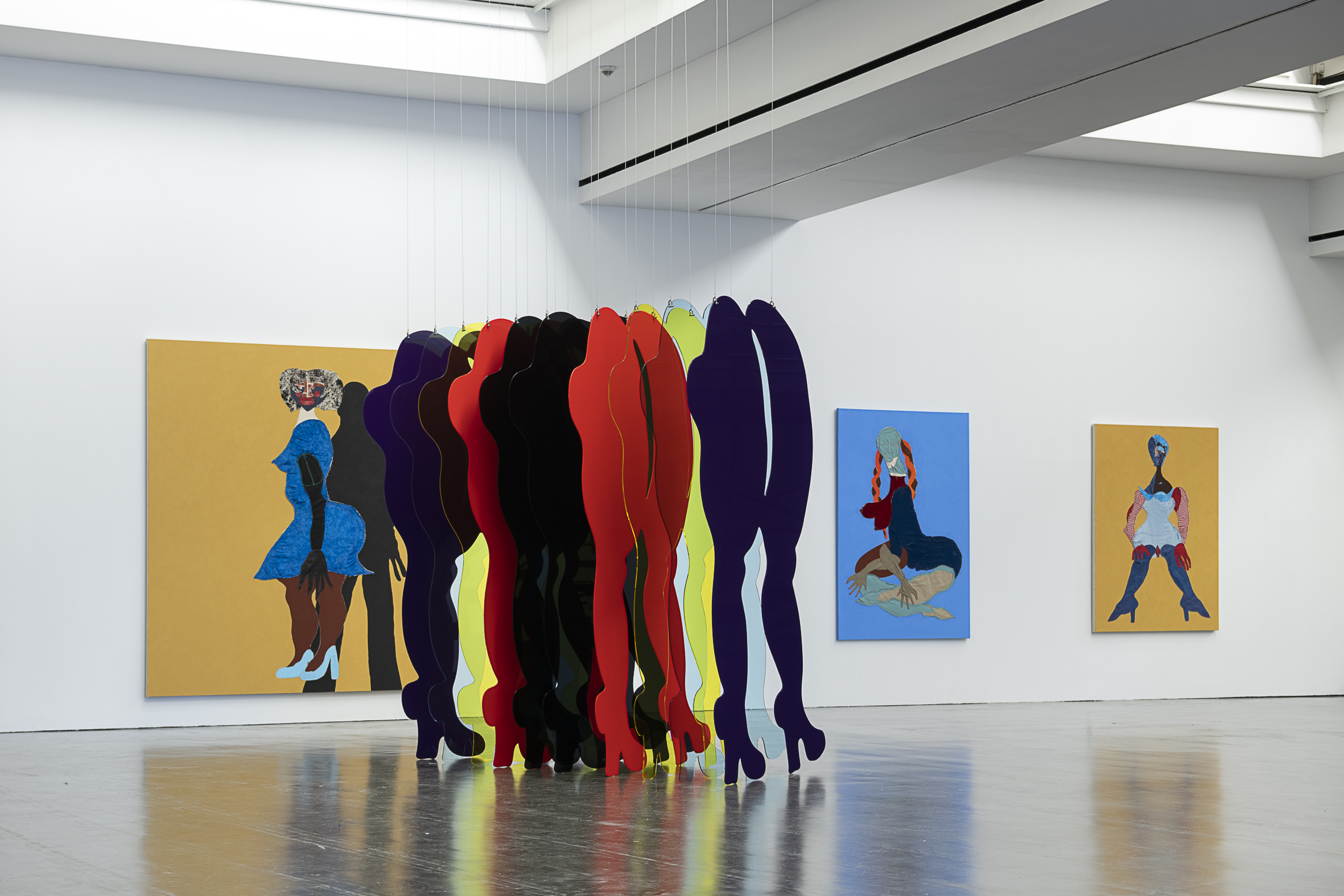 Germany is currently still in the early stages of a discussion and implementation of the question of gender-equitable solutions. Efforts for gender-appropriate language and new forms of defining gender such as D for “diverse” in analogy to M and F are attempts to counter, abolish, and overcome the dilemma of hetero- and cis-normative ideas. But even though language is an important component, such changes alone have not yet addressed and resolved a deeper structural area.
Germany is currently still in the early stages of a discussion and implementation of the question of gender-equitable solutions. Efforts for gender-appropriate language and new forms of defining gender such as D for “diverse” in analogy to M and F are attempts to counter, abolish, and overcome the dilemma of hetero- and cis-normative ideas. But even though language is an important component, such changes alone have not yet addressed and resolved a deeper structural area.
By Dimitris Lempesis
Photo: Kunsthalle Düsseldorf Αrchive
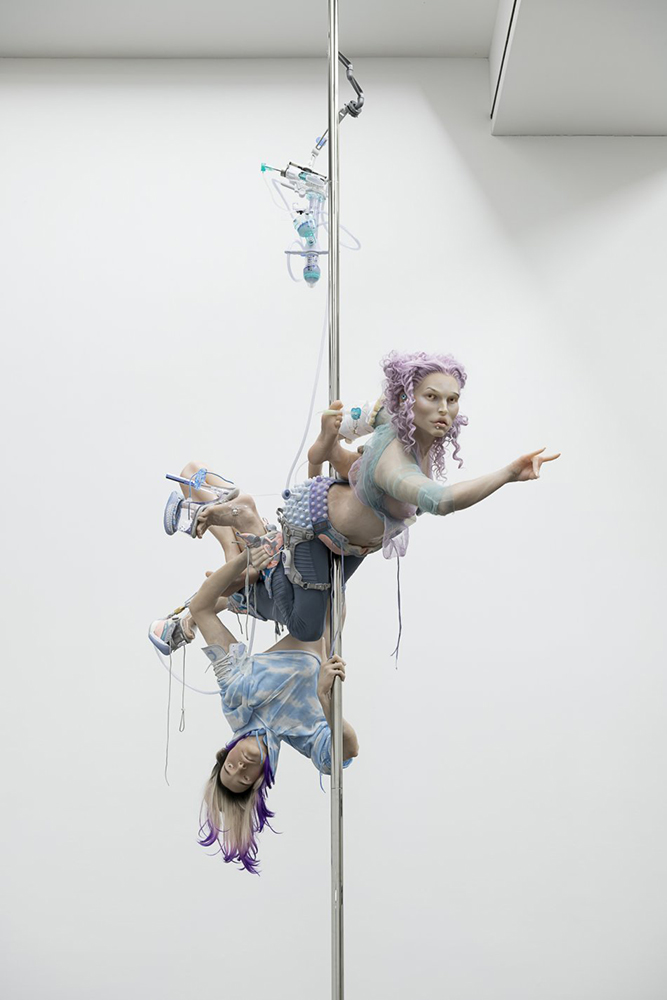
The exhibition “Journey Through a Body” explores these complex questions and issues. In the works of six young artists who examine the human body and its issues of identity from diverse, international perspectives, fascinating questions about gender and concepts of identity are discussed in very different ways and in a variety of media, and new ways of thinking and acting are pointed out. It seeks to touch visitors and stimulate them in their thinking about socially entrenched gender attributions and the associated stigmas. The aim of the exhibition is to show that there is a diverse search for options that go beyond hetero- and cis-normative notions of society, and that society and culture are not simply given. Triggered by the death of Genesis Breyer P-Orridge* (1950–2020), the exhibition aims to take a new and different look at the current discussion. Together with Lady Jaye, P-Orridge started the Pandrogeny Project in 2000, which aimed to create a common gender identity “Breyer-P-Orridge.” This included traits of masculinity and femininity in equal measure and was meant to show in an extreme way that traditional binary gender identities are not up to date. P-Orridge and Lady Jaye underwent numerous bodily changes, including surgical interventions such as breast implants, liposuction, and skin tightening, as well as hormone therapies and tattoos, in order to increasingly resemble each other. The album Journey Through a Body by P-Orridge’s band Throbbing Gristle, recorded in Rome in 1981, deals with the early journey and darkness in medicine and psyche and thus serves as the exhibition title and the basis for the search for the self. The exhibition includes works by six international and diverse artists who reflect or process their own experiences. The focus is on the fluidity of society, gender identity and the never-ending development of the self. The journey begins with a work by Christina Quarles, who defines herself as a multiethnic, queer cis woman with a white mother and a black father and is read as white in society. In her painting she deals with her origins, the associated finding of identity and ultimately disorientation in the world. With her works she breaks artistic and physical boundaries and thus refers to her own experiences and expresses her feeling of not belonging. The journey continues to a work by Cajsa von Zeipel, whose sculpture of two intertwined women thematizes their unfulfilled desire to have children and surreally depicts the dichotomy between morally and ethically accepted conditions and personal desires. With the video installation of an avatar by Kate Cooper, which addresses the urge for self-optimization and the escape from one’s own body, we embark on a new level of our journey. The virtual and digital world, which undoubtedly influences our development and identity formation, is increasingly embodied in Nicole Ruggiero. An avatar as a personalized internet has access to and influence on six protagonists, all of whom shape their everyday lives with the world wide web in very different ways. In order to experience this impression for themselves, visitors can put on VR glasses and immerse themselves in a digital world with their own bodies. The second half of the trip addresses the discrepancy between internal and external perception of bodies and identities in public space. Tschabalala Self’s collages can be seen in a political and emotional context. Often female BIPoC bodies are stigmatized and reduced to their sexual characteristics. Tschabalala Self absorbs this, tries to reverse this stigma and thus constructs a de-stigmatized confrontation of the body. The last stop is dedicated to Luki von der Gracht’s intimate, personal thoughts. Luki von der Gracht lets us participate in his process of self-discovery and thus ensures visibility of marginalized groups. Atmospheric we are in a street that he perceives as unsafe space. In order to change this and make the street a safe place for marginalized groups, he takes his intimate thoughts outside and thus ensures the visibility of existing grievances, such as trans-hostility.
Participating Artists: Kate Cooper, Luki von der Gracht, Christina Quarles, Nicole Ruggiero, Tschabalala Self and Cajsa von Zeipel
Photo: Installation view Tschabalala Self Kunsthalle Düsseldorf, Journey Through A Body, 2021, Photo: Katja Illner
Info: Curator: Dr. Gregor Jansen and Alicia Holthausen l Assistant Curator: Juliane Hoffmanns, Kunsthalle Düsseldorf, Grabbeplatz 4, Düsseldorf, Germany, duration: 29/5-1/8/2021, Days & Hours: Tue-Sun 11:00-18:00, www.kunsthalle-duesseldorf.de
